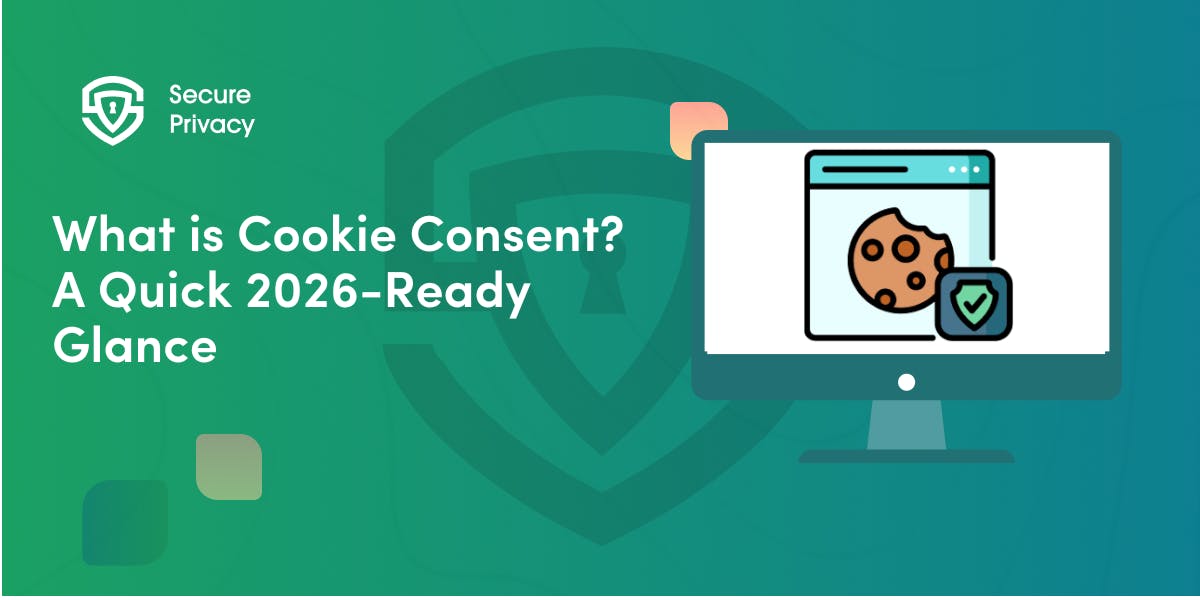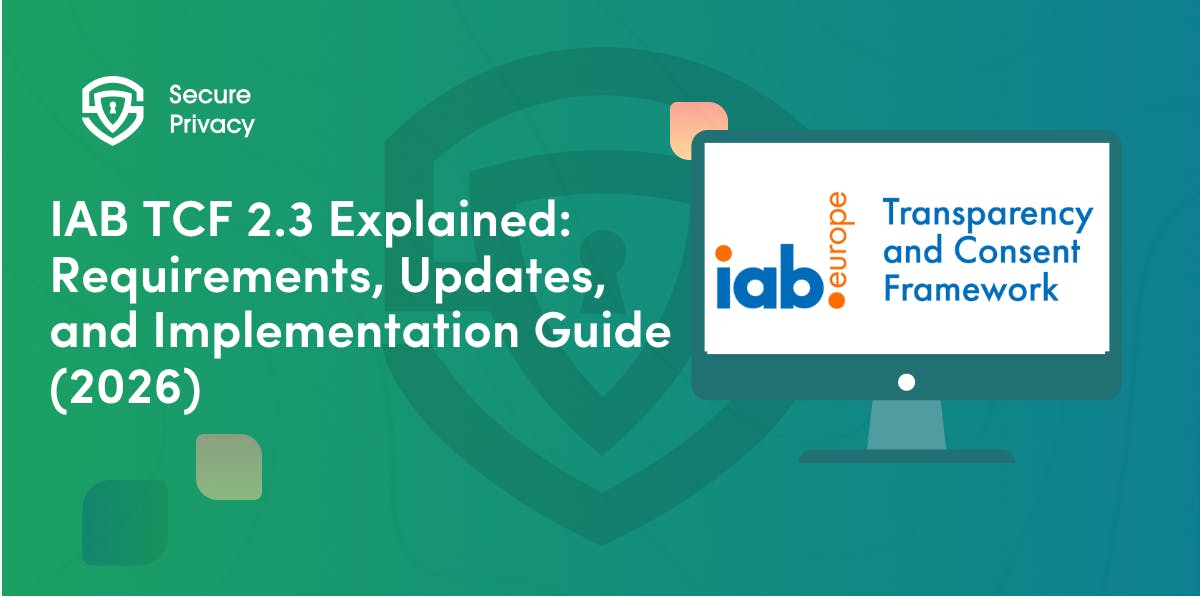TikTok Shop's Hidden Harvest: How Your Face Reveals What You'll Buy Next
That slight eyebrow raise when a price appears. Your pupils dilating during product reveals. The micro-frown that flashes when debating a purchase. These fleeting expressions last milliseconds, but on TikTok Shop, they're worth billions.
While you watch seemingly casual shopping streams, TikTok's algorithms silently analyze your facial reactions, voice patterns, and engagement behaviors. This isn't standard marketing—it's an unprecedented biometric surveillance system disguised as entertainment, creating consumer profiles so detailed they can predict purchases before you've consciously decided to buy.
Your Face Is Now a Shopping Dataset
TikTok Shop has quietly built the world's largest emotional marketing laboratory, where casual viewers unwittingly contribute facial data that trains increasingly sophisticated AI.
Beyond What You Click: The Body Doesn't Lie
Traditional analytics track obvious behaviors: what you click, how long you watch, or what you eventually purchase. TikTok Shop's systems dig far deeper by capturing involuntary physical responses:
- Micro-expressions: Fleeting facial movements lasting 1/25th of a second that reveal true reactions to products and prices
- Pupil dilation: Unconscious eye responses indicating interest or excitement
- Head tilt angles: Subtle movements showing confusion or attention
- Voice pitch variations: Tone changes during reactions to sales and countdowns
These signals bypass conscious filtering, capturing what marketers call "pre-cognitive responses"—reactions that occur before you've had time to process information rationally. Unlike carefully considered survey responses or deliberate clicks, these involuntary reactions can't be faked.
The Privacy Policy Nobody Reads
TikTok's 2025 privacy policy updates formalized the collection of "faceprints" and "voiceprints," unique biometric identifiers extracted from user content. The disclosure appears under the innocuous heading "Improving Effects" in settings, where a 2025 audit revealed 68% of users believed their facial data was only used for filters.
The reality? This data feeds sophisticated machine learning models trained to correlate physiological responses with purchase likelihood, creating what internal documents describe as "emotional conversion metrics."
How the Three-Layer Surveillance Stack Works
TikTok Shop operates a sophisticated tracking infrastructure that extends far beyond the app itself.
Layer 1: The Pixel Network
TikTok Pixel—embedded on millions of websites and apps—tracks user behavior across the internet. These trackers capture detailed interaction data including:
- Cursor movements across product pages
- Scroll depth and viewing patterns
- Time spent hovering over specific items
- Abandoned cart contents and timing
When integrated with platforms like Shopify, this tracking operates at escalating intrusiveness levels, from basic cookie-based monitoring to comprehensive API integrations that capture complete purchase histories.
Layer 2: The Biometric Analysis Engine
During TikTok Shop streams, the platform's computer vision systems perform real-time analysis of viewer faces through front-facing cameras. The system tracks:
- 42 distinct facial landmarks creating unique "emotion fingerprints"
- Minute muscle movements revealing underlying interest or hesitation
- Blink rate changes indicating decision-making intensity
- Partial head rotations showing attention shifts
This facial data undergoes instant processing through neural networks trained on billions of previous shopping sessions, establishing patterns between specific expressions and purchase behaviors.
Layer 3: The Predictive Recommendation System
The final layer combines traditional engagement metrics, cross-platform tracking, and biometric responses into unified consumer profiles. These profiles power what behavioral economists call "addictive consumption cycles" through several key mechanisms:
- Predictive cart algorithms that pre-populate items based on subconscious interest signals
- Personalized price displays adjusted in real-time based on detected price sensitivity
- Strategic bundling suggestions triggered by micro-expressions indicating complementary product interest
- Tailored urgency tactics customized to age demographics identified through facial analysis
During beta tests, this system reportedly increased average order values by 22% through these techniques.
The Secret Neuromarketing Playbook
Internal documents reveal TikTok Shop hosts employ AI-generated cues specifically designed to trigger subconscious purchasing impulses through a range of psychological techniques.
Color Psychology in Action
Live streams subtly shift background colors during critical moments:
- Orange-red tones during countdowns (triggering adrenaline responses)
- Trust-building blues during product specifications
- Excitement-inducing yellows during limited-time offers
These color shifts aren't random aesthetic choices—they're precisely timed to manipulate neurological responses during decision moments.
Audio Manipulation Techniques
Beyond visuals, TikTok Shop employs sophisticated audio tactics:
- Layered subvocalization prompts at frequencies just below conscious awareness
- Strategic voice modulation patterns mimicking trusted authority figures
- Precisely timed silence gaps that create dopamine-seeking information gaps
These techniques exploit known vulnerabilities in human perception, creating what EU regulators have labeled "digital hypnosis" scenarios that bypass rational decision-making.
Age-Tailored Targeting
TikTok's partnership with Yoti for facial age estimation enables customized manipulation strategies for different demographics:
- Gen Z (18-24): Rapid-cut editing triggering FOMO responses
- Millennials (25-40): Nostalgia-driven product placements
- Gen X+ (41+): Authority-based endorsements and scarcity timers
This tailoring happens automatically through real-time video adjustments invisible to viewers, who see only content that seems naturally engaging.
The Dark Pattern Architecture of "Consent"
TikTok's biometric data collection operates through carefully constructed consent mechanisms designed to maximize data capture while minimizing user awareness.
Forced Choice Design
The platform employs classic dark patterns to obtain "consent" for biometric processing:
- Binary choices with no partial consent options
- Punishment paths for those declining data collection (limited features)
- Benefit bundling that ties desired features to extensive data permissions
These techniques create what privacy experts call "illusion of choice"—technically voluntary but practically coerced acceptance.
The Cross-Platform Data Web
TikTok's tracking doesn't exist in isolation. Third-party partnerships create an integrated surveillance ecosystem where:
- Shopify purchase histories inform TikTok's emotional response models
- Instagram engagement data refines micro-expression algorithms
- Google search trends train predictive cart AI
This interlinked profiling enables "omni-channel manipulation"—tailoring persuasion strategies across every digital touchpoint in your life.
Why Current Regulations Can't Keep Up
Existing privacy frameworks prove inadequate against these advanced surveillance techniques.
GDPR's Fundamental Blindspots
The EU's supposedly comprehensive privacy regulation contains critical gaps:
- No specific protections for inferred emotional states
- Exceptions for "service improvement" enable live analysis loopholes
- Unclear classification of facial micro-movements as biometric data
TikTok's partnerships with companies like Yoti further circumvent restrictions through complex service provider relationships that fragment regulatory accountability.
US Regulatory Patchwork
America's state-by-state approach creates exploitation opportunities:
- California CCPA: Exempts "publicly available" biometric data from deletion requests
- Illinois BIPA: Stronger protections undermined by mandatory arbitration clauses
- Texas Capture Law: Allows commercial biometric use with merely "conspicuous" notices
TikTok's 2025 jurisdictional analysis showed 83% of US users fall under weaker biometric protection frameworks.
What's Coming Next: The Biometric Commerce Future
TikTok's current capabilities represent just the beginning of physiologically-targeted commerce.
Phase-Coherent Emotion Mapping
Upcoming platform upgrades aim to capture even more invasive biometric signals:
- Pulse detection through camera-based photoplethysmography
- Skin response measurements via screen conductivity sensors
- Pupillary oscillation analysis detecting neurotransmitter variations
These technologies could enable real-time price adjustments based on detected emotional states—charging more when excitement is high or offering discounts when hesitation appears.
The Move to Persistent Profiles
While current systems primarily track real-time responses, next-generation technology aims to create persistent emotional profiles that predict reactions before they occur:
- Longitudinal response modeling mapping emotional patterns over months
- Cross-context prediction engines applying shopping behaviors from one category to others
- Social graph inference predicting your responses based on similar users' reactions
These systems would fundamentally alter the consumer-business relationship, creating permanent asymmetric information advantages for platforms and sellers.
Fighting Back: Protecting Your Neurological Privacy
As facial analytics evolve into true neuromarketing systems, traditional privacy protections become increasingly obsolete. However, emerging technologies and practices offer potential defenses.
Web5 and Decentralized Identity
Decentralized identity technologies offer promising counters to biometric surveillance:
- Local biometric processing that keeps facial data on your device
- Zero-knowledge proofs for age verification without sharing actual facial data
- Self-sovereign identity models that give users control over biometric identifiers
Pilot projects using these approaches have shown significant effectiveness in blocking covert facial profiling while still enabling necessary verification functions.
Practical Steps Today
While systemic changes develop, individuals can take immediate steps:
- Cover your camera during passive viewing of shopping content
- Use specialized browsers that block cross-site tracking
- Opt out of personalized ads across all platforms (limiting data linkage)
- Regularly clear TikTok cache and reset advertising identifiers
These practices won't completely prevent tracking but can significantly reduce the precision of emotional profiling.
Beyond Technical Solutions: The Need for Neurological Rights
The rise of facial analytics in commerce exposes a fundamental gap in our legal frameworks—the absence of explicit neurological privacy rights. Traditional privacy concepts focus on identifying information or explicit communications, but fail to address the protection of our involuntary physiological responses.
What's needed isn't just better versions of current privacy laws, but a fundamental reconceptualization of privacy that includes:
- The right to emotional privacy protecting involuntary physiological responses
- Informed consent requirements specifically for neuromarketing techniques
- Mandatory disclosure of emotion manipulation strategies in advertising
- Protection against cross-platform emotional profiling
Without these expanded rights, we risk a future where our unguarded physical responses become commodified data points fueling increasingly manipulative commerce systems.
Conclusion: The Stakes of Face-Based Commerce
TikTok Shop's hidden data harvest represents more than just another privacy concern—it signals a fundamental shift in how commerce interfaces with human psychology. Traditional notions of consumer choice presume rational decision-making, but these technologies deliberately target and exploit pre-rational physiological responses.
The combination of biometric surveillance, AI analysis, and targeted manipulation creates unprecedented information asymmetry between platforms and users. When algorithms can read your emotional responses more accurately than you can express them, the very concept of meaningful consent breaks down.
What's at stake isn't just data privacy in the conventional sense—it's cognitive liberty itself. The right to make purchasing decisions free from manipulation targeting unconscious neurological vulnerabilities represents a new frontier in digital rights.
The solution lies not in abandoning digital commerce or beneficial verification technologies, but in creating systems where:
- Biometric data remains under individual cryptographic control
- Emotional response metrics cannot be linked to personal identifiers
- Manipulation techniques targeting pre-conscious responses face mandatory disclosure
Without these protections, we risk sleepwalking into a reality where our faces and emotional responses become corporate assets—quantified, analyzed, and exploited without our meaningful awareness or consent. The time has come to assert that our neurological responses deserve the same protection as our personal information, ensuring that in both physical and digital spaces, our minds remain our own.
Frequently Asked Questions
Is TikTok really tracking my facial expressions while I watch videos?
Yes, but with an important qualifier. TikTok's privacy policy explicitly mentions collecting "faceprints" and "voiceprints" for users who engage with the platform's features. During live shopping streams, the app can access your front-facing camera if you've granted camera permissions. While the company frames this as necessary for filters and effects, the same technology enables emotional response tracking during shopping content.
How can I tell if my biometric data is being collected?
Unfortunately, it's difficult to know for certain. TikTok's permissions requests typically bundle multiple data types together under general categories like "improving user experience" or "personalizing content." The most reliable indicator is whether you've granted camera access to the app—if yes, the technical capability exists to analyze facial responses during viewing.
Does covering my camera actually work?
Yes. Physical camera covers provide the most reliable protection against unwanted facial analysis. Since the technology requires visual data from your front-facing camera, physically blocking this input prevents collection. Software-based camera blocking is less reliable, as apps may still have access depending on your device's permission model.
Are these practices legal?
It depends on your location. In the EU, GDPR provides some protections but contains exceptions for "service improvement" that companies exploit. In the US, only Illinois, Texas, and Washington have specific biometric privacy laws, while other states offer patchier protections. Most jurisdictions haven't updated their legal frameworks to address emotional analytics specifically.
Does deleting the app remove my existing facial data?
Not necessarily. TikTok's privacy policy allows for retention of data after account deletion for various purposes including "legitimate business interests." Requesting explicit deletion of biometric data under applicable privacy laws (like GDPR or CCPA) provides stronger protection, but enforcement remains challenging, especially for derived or inferred data based on your original biometrics.
Do other shopping platforms use similar technology?
Yes, though implementation varies widely. Amazon has patented emotion recognition technology for shopping recommendations, Facebook/Meta collects facial data through its platforms, and numerous retail analytics companies offer in-store facial analysis. TikTok's integration of entertainment and shopping creates particularly effective data collection opportunities, but the practice extends across the e-commerce industry.
What's the most effective way to protect my biometric privacy?
A layered approach works best:
- Physically cover cameras when not actively using them
- Regularly review and restrict app permissions
- Opt out of personalized ads across platforms
- Use privacy-focused browsers that block tracking
- Support privacy legislation that specifically addresses biometric and emotional data collection
Get Started For Free with the
#1 Cookie Consent Platform.
No credit card required

What is Cookie Consent? A Quick 2026-Ready Glance
Your website loads. Cookies track users. But without proper cookie consent, you're violating GDPR — risking fines up to €20 million or 4% of global revenue. Cookie consent is the legally required mechanism by which websites obtain explicit user approval before deploying non-essential tracking technologies. This requirement stems from GDPR Article 4(11) and the ePrivacy Directive, mandating that consent must be freely given, specific, informed, and unambiguous.
- Legal & News

DSAR Tools Explained: Best Software for Automating Privacy Requests
You're drowning in data subject access requests. Manual searches through dozens of systems miss regulatory deadlines and expose organizations to fines starting at $2,500 per violation. The solution? DSAR tools — purpose-built software that automates the entire process of responding to data subject access requests, from intake to delivery.
- Legal & News

IAB TCF 2.3 Explained: Requirements, Updates, and Implementation Guide (2026)
Your ad revenue dropped 40% overnight. Google stopped bidding on your inventory. Your DSP partners flagged your traffic as non-compliant. The culprit? An outdated TCF 2.2 consent string after the February 2026 enforcement deadline.
- Legal & News
- Cookie Consent

